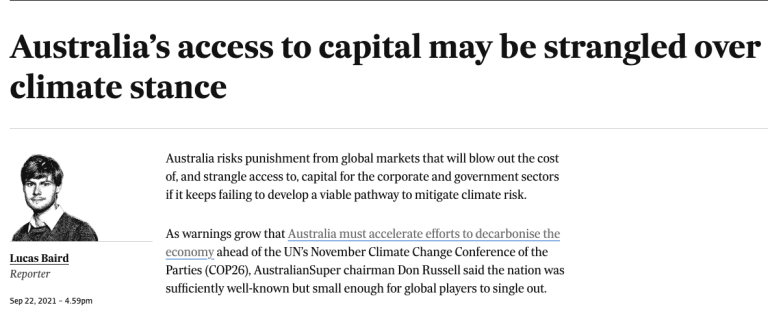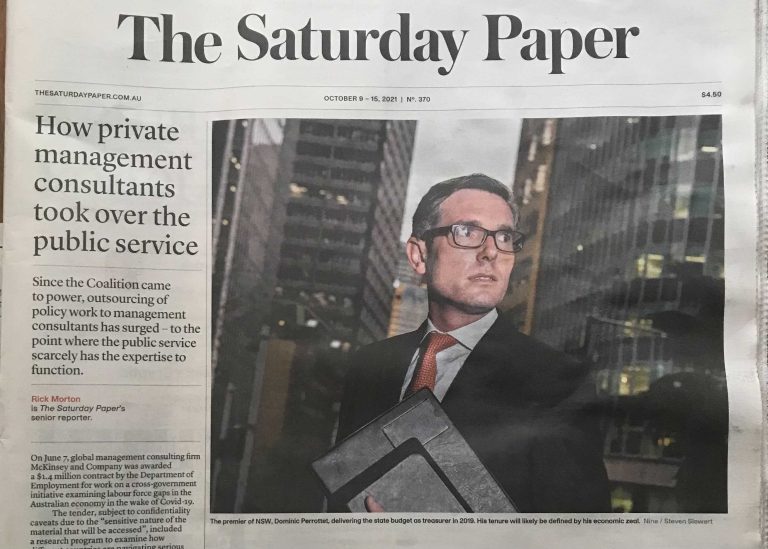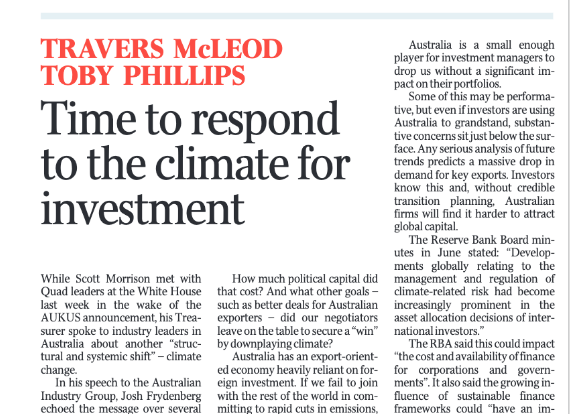The global financial crisis has exposed more than just the number of bad risks on the books of our financial institutions. As Warren Buffett said: “It’s only when the tide goes out that you learn who’s been swimming naked”. As market confidence continues to plunge, some of modern economics’ most popular notions are looking a little underdressed.
The myth that has received most exposure is that of the self-managing market. It is clear that our long-term economic resilience depends on the capacity of governments and regulators to spot and rein in market instability and excess.
Tom Murphy, former head of private wealth management for Deutsche Bank, said: “We are going to see radical change and if there has ever been a time for regulation, it is now.”
Even the conservative President of France, Nicolas Sarkozy, has proclaimed
the end of the laissez-faire era: “The all-powerful market that is
always right – that’s finished.”
Another popular economic idea has also found itself stuck without a fig leaf in this chilly economic climate: the myth that market participants are always
rational decision-makers who act to maximise their own best interests.
Behavioural economists, who study how humans actually behave in markets rather than how they would behave if they were automatons, have long questioned this assumption and provided evidence that participants do not always act rationally. The past few years have provided a dramatic
demonstration of their findings.
In his paper for the Centre for Policy Development, “You can see a lot by just looking“, economist Ian McAuley sums up some of the main implications of
behavioural economics for financial decision-making.
- Overconfidence: When classes of students are asked to compare their skill levels with others in the class, most rate themselves as above average.
A survey by the Australian Financial Literacy Foundation last year found widespread overconfidence among consumers, manifest as a large gap between people’s self assessment of their financial management skills and their revealed abilities. The fact that we tend to overestimate our own knowledge and understanding could explain a lot about why investors can initially be dismissive of warning signs when a bubble is fully inflated.
- Consideration of sunk costs: Rational decision-makers would never throw good money after bad. Our decision to hang on to a stock or an investment property would be guided only by our expectation of the future costs and benefits of doing so. But we find it very difficult to abide by this principle, particularly when it means losing face by implicitly admitting that we have made poor decisions in the past.
- The “disjunctive bias”: We can display a poor grasp of statistics, underestimating the combined probability of disconnected events. For example, if four separate possible disasters each have a 20% chance of occurring, then the probability of none of them occurring is only 41%. But most people would guess a much higher chance of smooth sailing. This bias has broader implications. We assume that two-income households are more financially resilient, but if both incomes are required to meet expenses it makes it twice as likely that a household will get into financial strife – for example, through one partner getting sick or losing their job.
- Mortgage stress and myopia: people are likely to become overcommitted in their borrowing because of short-sightedness (also known as “hyperbolic discounting”) and a lack of understanding of the difference between real and nominal interest rates (i.e. the impact of inflation on real interest rates). Myopia leads to decisions based on immediate affordability, rather than value for money and capacity to pay. The aptly named “teaser loans” with low introductory interest rates appeal to this bias.
Perhaps the most important implication is that we are all subject to these
biases – whether rich or poor, financially literate or not. Our departures from rational decision-making result from an innate tendency to use short cuts (“heuristics”) in situations where more deliberation would lead to better decisions. Higher incomes provide more of a buffer against the impact of poor choices, rather than preventing us from making such choices in the first place. This point should be brought to the attention of anyone who argues that the current financial situation is all the fault of the high-risk borrowers who took out subprime loans.
The bubble was inflated by both borrowers and lenders, but it could have
been popped much earlier had we not built blindness to our own biases
into the design and regulation of financial markets. As a result we are
finding out the true cost of poor financial decision-making for both
consumers and financial institutions.
It is in everyone’s long-term interests to help people make better decisions,
and since economic theories built on the assumption of rationality have
failed to explain or prevent our current predicament, we should heed
the lessons learned from behavioural economics as we attempt to design a
smarter system. McAuley’s paper flags a couple of ideas, like the
clever use of default options to frame decisions while retaining
individual choice, simpler disclosure statements to avoid distracting
consumers from the most important information, and a fresh take on
competition policy that acknowledges the common “choice not to choose”.
In the long run, we can build more stability into the system by
compensating for our biases, but our first step should be to remove the
incentives that actually amplify them. Given that most of us tend to
prefer to keep things pretty much as they are (which behavioural
economists charmingly call “status quo bias” rather than laziness), we
should probably get cracking as soon as possible.
This article was first published in The Age on October 23, 2008



